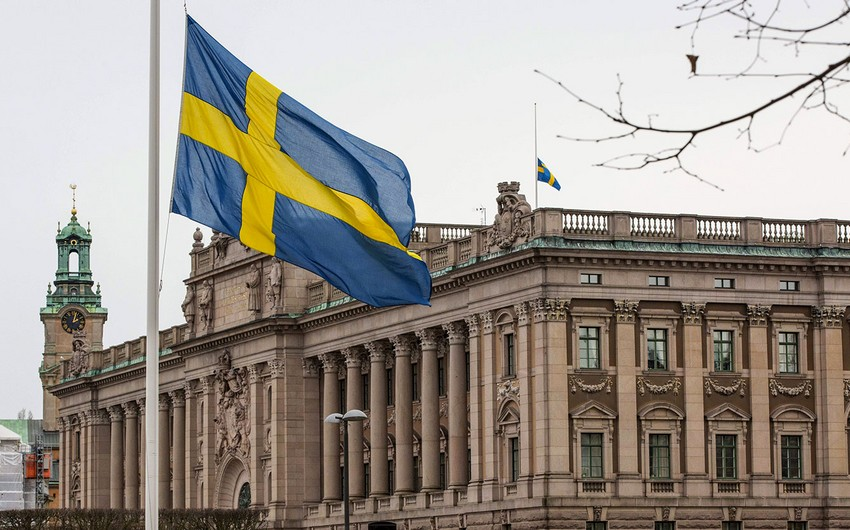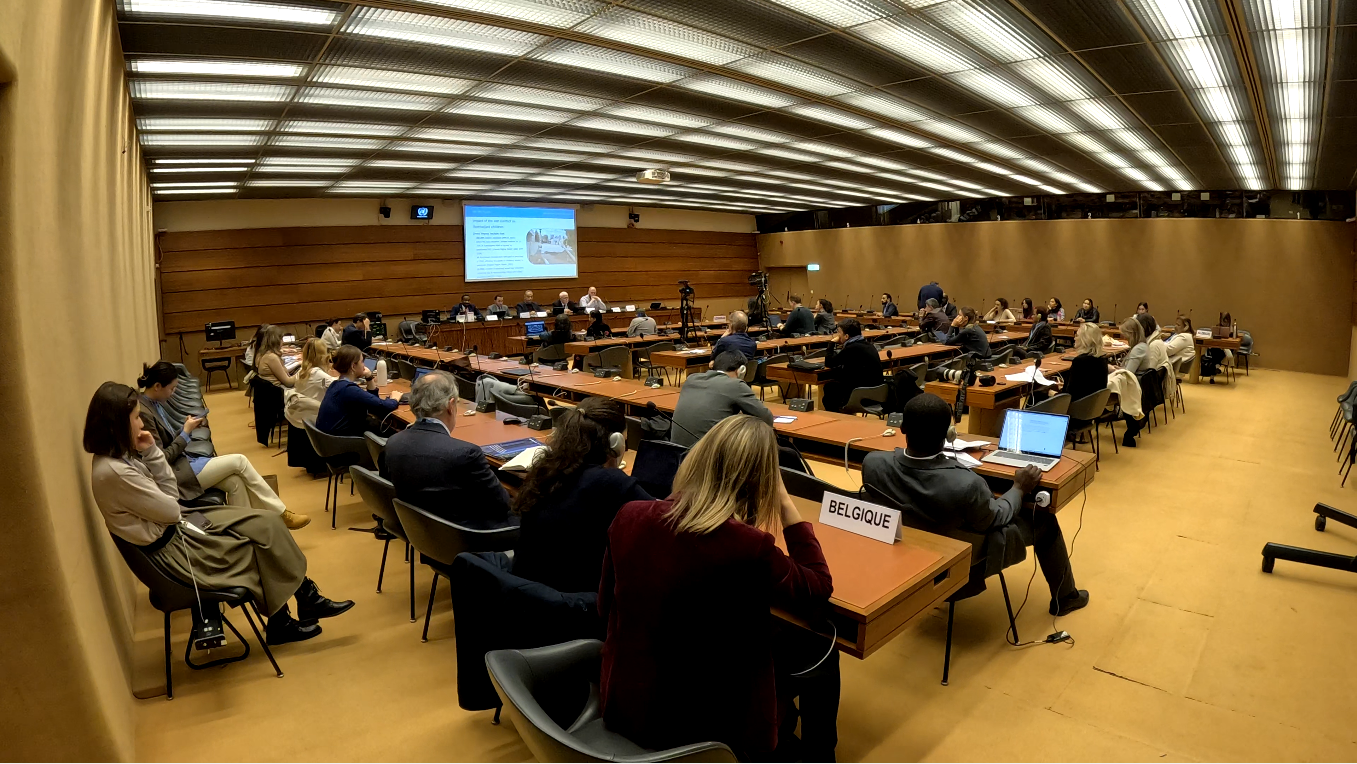Sweden’s first new submarines in decades will have advanced weapons, stealthy propulsion and sonar-evading hulls to counter Russia under the Baltic Sea, Ednews informs via Politico.
They’ve been on the drawing board for more than a decade, but in the heart of a vast assembly hall in a shipyard on the Baltic Sea coast, Sweden’s two new A26 attack submarines are finally coming together.
Set for launch in 2027 and 2028, the 66-meter-long diesel-electric subs, named Blekinge and Skåne after two Swedish counties, are designed to patrol NATO’s eastern reaches under the Baltic Sea, tracking and countering Moscow’s maritime moves amid ever worsening relations between Russia and Europe.
The two are Sweden’s first new subs to be built since the mid-1990s and will join four older vessels in the Nordic state’s fleet.
“We have a long history of building submarines,” said Mats Wicksell, the head of Kockums, a business area of Swedish military equipment manufacturer Saab which is building the A26s. “But this is still a big step forward for us.”
The looming Swedish launches underscore a nascent subsea renewal in Northern Europe, where the Norwegian navy recently ordered four new submarines from Germany’s ThyssenKrupp Marine Systems (TKMS). The Netherlands has received bids from TKMS, Saab Kockums and France’s Naval Group to build four submarines, while Denmark, which disposed of its fleet in 2004, recently suggested it might reverse that move.
This expansion will partially bridge the gap to NATO’s biggest European fleets, which are set for slight growth this decade, according to a report by Sweden’s Defense Research Agency. Six new French Barracuda class submarines are entering service and two further Type 212 subs will join an existing German fleet of six. The UK’s fleet of Astute class submarines will total seven by the end of the decade and the Italian Todaro class submarines eight.
The European upgrades come amid a Russian PR drive about additions to its own fleet. In December, President Vladimir Putin posed on the dockside at Russia’s White Sea submarine production hub at Severodvinsk alongside two new vessels, the Krasnoyarsk and Emperor Alexander the Third.
The Russian navy will have 50 submarines in 2030, according to the Swedish report.
The US submarine fleet is set to shrink slightly in numerical terms to 57 by 2030, but the continued introduction of the new Virginia class will serve to maintain and even widen America's technological advantage over its rivals during the same period, the Swedish report said.









